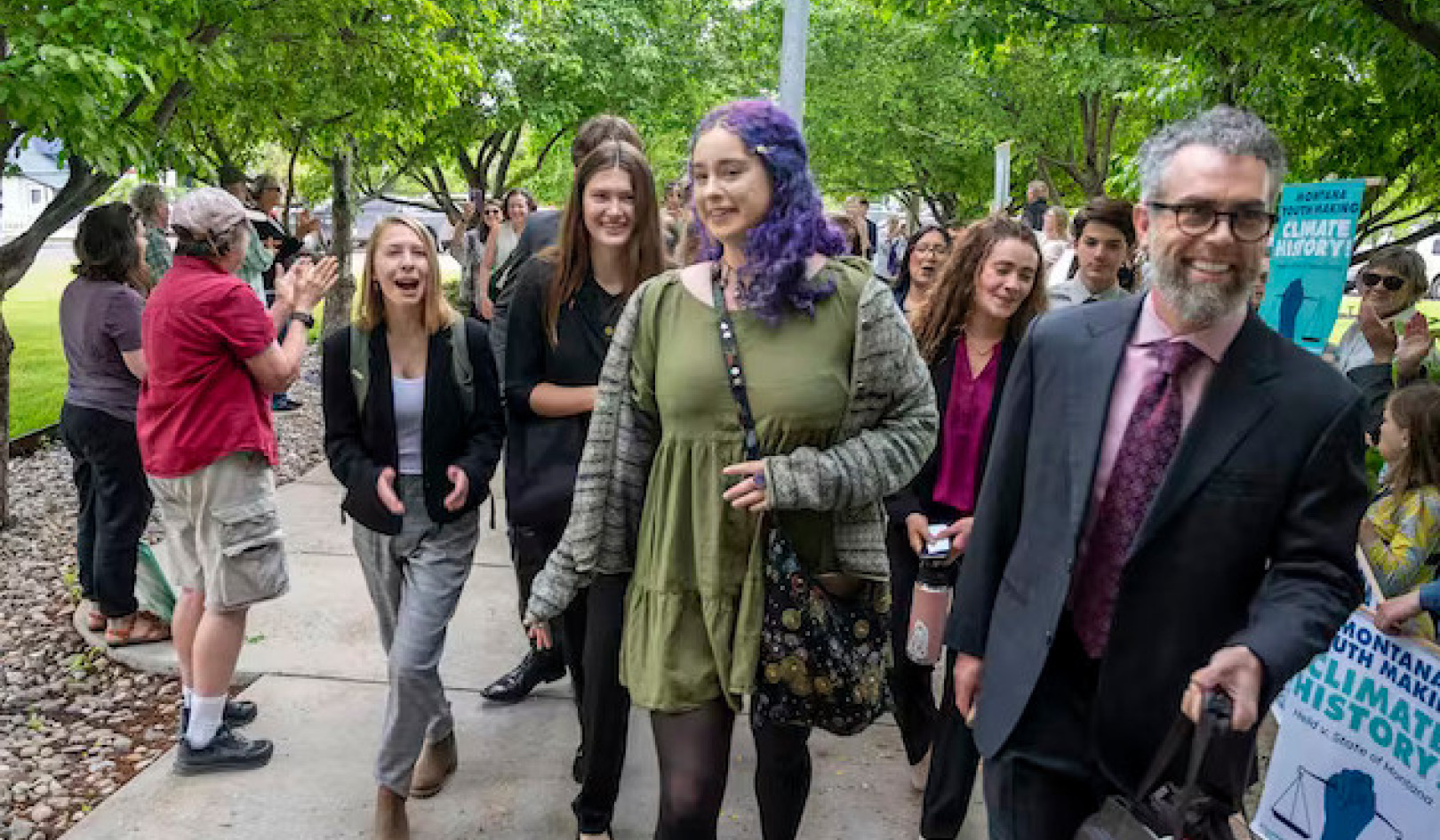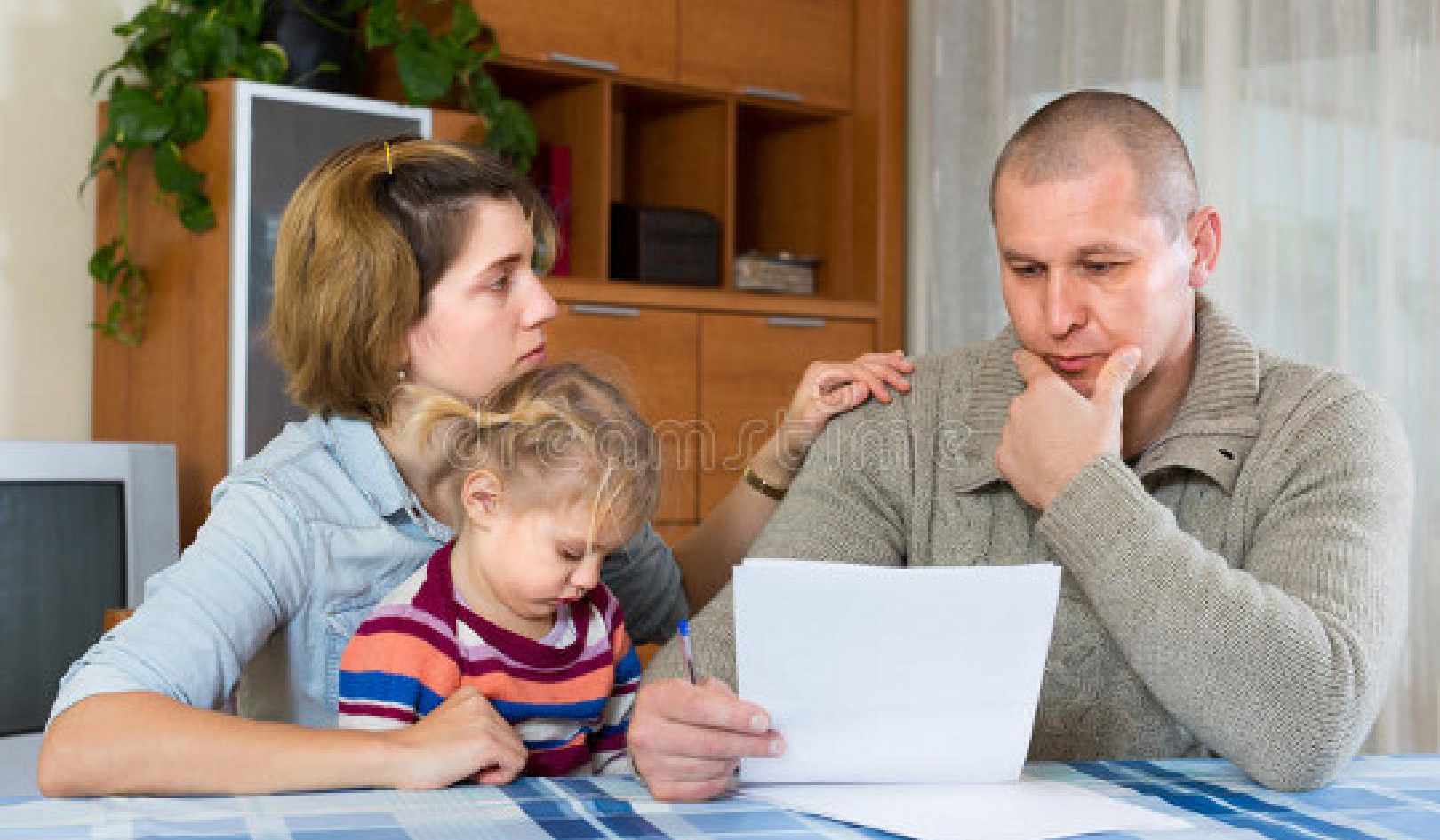 The economic downturn lasted for 18 months, from December 2007 through June 2009, but overall child well-being didn't begin to show improvement until 2013, six years after the recession started. (Credit: DVIDSHUB/Flickr)
The economic downturn lasted for 18 months, from December 2007 through June 2009, but overall child well-being didn't begin to show improvement until 2013, six years after the recession started. (Credit: DVIDSHUB/Flickr)
America’s children are starting to recover from the worst effects of the Great Recession, although some ill effects remain, a comprehensive study on child well-being reports.
“Overall child and youth well-being has returned to levels near those attained in 2007 and 2008, before the Great Recession had its negative impacts,” says the report’s lead author, Kenneth Land, professor of sociology at Duke University.
The Duke Child Well-Being Index Report looks at how US children fared in seven areas: family economic well-being, risky behaviors, social relationships, emotional/spiritual well-being, community engagement, educational attainment, and health. The report, produced annually each year since 2004, tracks child welfare trends over recent decades starting with a benchmark year of 1975.
The report draws upon the US Census as well as data from the Center for Disease Control’s National Center for Health Statistics, the US Department of Justice’s Bureau of Justice, the US Department of Education, the US Bureau of Labor Statistics and the national Monitoring the Future study.
The most recent results suggest the Great Recession cast a lingering shadow over child well-being for several years after it ended. The economic downturn lasted for 18 months, from December 2007 through June 2009, but the recession’s effect on children continued from 2009 through 2012. Overall child well-being began showing improvement in 2013, six years after the recession started.
Not surprisingly, the recession’s biggest effect on children was economic. Parental employment and income dropped and remained depressed through the end of 2012 before showing some improvement. Child poverty rates, which worsened immediately after the recession, have been slower to improve and remained high in 2014.
The recession also had some less obvious indirect effects. Preschool enrollment, for example, dropped during and just after the recession years, most likely due to cutbacks in funding of public preschool programs.
And while the overall effect of the recession on children was negative, there were also a few surprising bright spots. During and immediately after the recession, fewer young people reported committing or being victimized by violent crimes. Young people may have been less involved in crime in those years in part because they spent more time at home.
Also, despite the recession, the number of people aged 25-29 who have earned a bachelor’s degree continued to climb.
Health insurance coverage for children provided another bright spot: The numbers of children living in families with health insurance climbed steadily beginning in 2007. By 2013, nearly 93 percent of children lived in families with health insurance. The increase in coverage can be traced to the expansion of the state Children’s Health Insurance Program, or CHIP, and to the 2010 implementation of the Affordable Care Act. The availability of health insurance for families helped to cushion the recession’s effects on children.
Source: Duke University
Related Book:
at InnerSelf Market and Amazon























